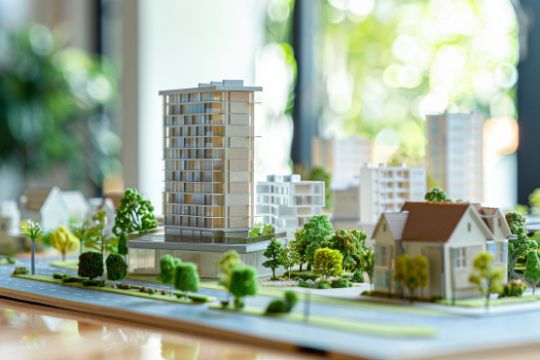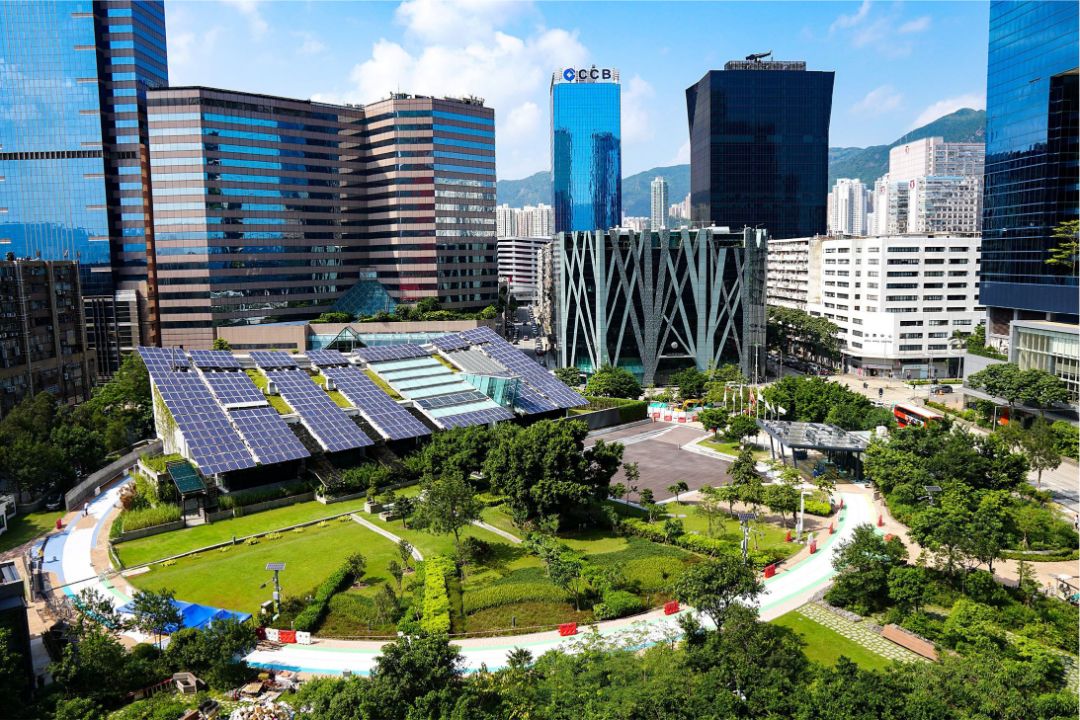
The Science of
Environmental Comfort

Renewable Energy in Cities Photo: Daring cities
INSIGHT FEB 14, 2025
Integrating Renewable Energy in Urban Planning
Introduction: Powering Sustainable Cities with Renewable Energy
As urban populations grow, cities face increasing challenges to meet energy demands sustainably. Fossil fuel dependence contributes to greenhouse gas emissions, air pollution, and resource depletion. The solution? Integrating renewable energy into urban planning.
At ECOBUILD, we believe cities of the future must be powered by clean, renewable energy sources. By embedding renewable systems into urban infrastructure, we can reduce emissions, enhance resilience, and support long-term sustainability goals. In this blog, we explore how renewable energy is revolutionizing urban planning and how ECOBUILD contributes to this transformation.
WHY RENEWABLE ENERGY MATTERS IN URBAN PLANNING?
Renewable energy sources like solar, wind, and geothermal produce little to no greenhouse gases. Integrating these systems helps cities meet global Net Zero targets.
2. Improving Energy Resilience
Decentralized renewable energy systems, such as microgrids, ensure cities remain powered during disruptions and reduce reliance on traditional grids.
3. Enhancing Air Quality and Public Health
Shifting from fossil fuels to renewables reduces air pollution, creating healthier environments for urban populations.
4. Supporting Economic Growth
Investments in renewable energy infrastructure create jobs and attract businesses aligned with sustainability values.

Key Strategies for Integrating Renewable Energy in Urban Planning.

Renewables @ iea
ECOBUILD’s Role in Renewable Urban Planning
At ECOBUILD, we integrate renewable energy systems into urban designs to support sustainability goals. Our expertise includes:
Renewable Energy in Action
In collaboration with Masdar Net Zero Energy Mosque, ECOBUILD designed a Net Zero urban district powered by renewable energy systems:
The Future of Urban Planning: A Renewable Revolution
Integrating renewable energy into urban planning is not just an option—it’s a necessity for sustainable growth. By transitioning to clean energy systems, cities can reduce emissions, improve resilience, and create healthier environments for future generations.
At ECOBUILD, we’re dedicated to helping cities harness the power of renewable energy to achieve sustainability goals.
🌟 Ready to integrate renewable energy into your urban projects?
Let ECOBUILD guide your journey to sustainable cities.

The Science of
Environmental Comfort

Microclimate
Modelling

Revolutionizing
Buildings
Let’s Build Sustainable Cities Together